“It is difficult to take in all the glory of the Dandelion, as it is to take in a mountain, or a thunderstorm.”
Charles Burchfield (1893–1967) is legendary for his watercolor landscapes, painted near his Buffalo, NY, home. His paintings are typically about nature: swamps and forests and backyards that include plants and birds and insects and rays of light. They are full of shapes and living things. His late period pictures, especially, are intense and even hallucinatory. There was a remarkable exhibit of his work at the Whitney Museum in New York City a few summers ago.
He was also a great journalist and over his lifetime wrote over 10,000 pages in various handmade volumes. It was there, on 5 May 1963, that he wrote: “It is difficult to take in all the glory of the Dandelion, as it is to take in a mountain, or a thunderstorm.”
And so they are difficult to take in, both for their beauty and their complexity. How can you describe and assess them? Convey them to one who hasn’t seen? You finally stumble, awestruck, into saying that they are “beautiful”, or “majestic”, or just “amazing”. But as scientists and decision-makers we often have to describe and quantify such entities and then communicate the results in ways that aren’t hopelessly obscure. That are somehow specific. That is, we need to communicate a very complicated thing in a simple, essential, and, above all, useful way.
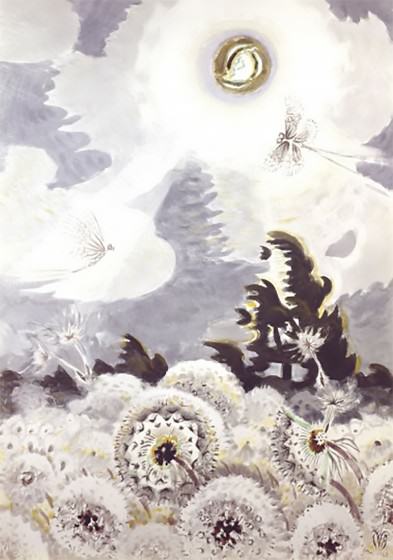
***
I often find myself at meetings of scientists who want their work used more broadly among policy-makers and practitioners. I often find myself in meetings with practitioners and city managers wondering how to get information they can use. More rarely these are the same meetings.
Disconnects often reside when the language turns out to be different. The rewards don’t exactly match. The information that is needed is at a different scale—time, space, detail—than the information that is on offer. The value systems don’t quite match.
Or sometimes what we’re trying to communicate about is amazing, like a Dandelion. Irreducible. We try to reduce it to something we can measure, comprehend, and communicate. But we don’t quite capture it. The discussion becomes a frustration of ill-matched assumptions.
What is that famous saying? It is in bold below, generally attributed to William Bruce Cameron in his 1963 “Informal Sociology: A Casual Introduction to Sociological Thinking”:
It would be nice if all of the data which sociologists require could be enumerated because then we could run them through IBM machines and draw charts as the economists do. However, not everything that can be counted counts, and not everything that counts can be counted.
Not everything that counts can be counted, and not everything that can be counted counts.
And yet…
And yet, people who have to make real decisions about the design of cities and parks and plazas and buildings crave, even require clear bases for their decisions; they crave data and information that would suggest the right course of action. Elected officials too, crave some data to support a project that, in the end, may have to, often do, spend a lot of money and proceed on a hunch, on intelligent intuition.
Don’t get me wrong. Intelligent intuition is a powerful thing. It is that, plus values, which lead us to say:
That Dandelion is beautiful.
And so it is.
***
Such conundrums turn up in abundance when we talk about ecosystem services. Why have we been so interested in finding monetary equivalents to the value of biophysical ecosystem services? It is so we can make apples to apples comparisons about how to spend money and make cities work the way we need them to: for people, for Nature, for economies and even for beauty. How much rainwater does a tree pit collect and so keep too much water from entering a combined sewage system (CSS)? That captured water can prevent storms from overwhelming the system, leading to sewage being released untreated, in a Combined Sewage Overflow, or CSO event. According to EPA and other studies CSO events can release 20-30% of annual urban waste into receiving waters. For me, in New York City, those “receiving waters” would be something more familiar: the Hudson and East Rivers, which make Manhattan an island.
Even preventing CSOs through nature-based solutions is embedded with some abstract values. It costs money. What is the value of a cleaner river next to my city? I don’t swim there. I’m not aware, exactly, of how clean it is. But the idea of a clean river motivates me. What is the value of that?
We, as a society, often make decisions based on complicated and often inscrutable calculus. We make them, effectively, on (hopefully) informed intuition.
***
I worked for a number of years on a project with the Bureau of Land Management in the USA, on a team to create “Rapid Ecoregional Assessments” of the Mojave and Central Basin & Range (Nevada) Ecoregions. These Ecoregions are vast and complex (the Central Basin covers most of Nevada), but an assessment was needed—a description of the status of the place and how it is changing—that was broad in scope but shallow in depth. The BLM needed a useful snapshot that would help them know what to do as they managed their lands in the face of development, ecological transformation, and climate change.
A core thing in such an assessment is to “roll up” small-scale measurements to make larger-scale observations and conclusions. We wanted to take a collection of observations about species and agents of change (water extraction, exotic species, climate change, renewable energy development…not all agents of change are bad) and make conclusions about multi-dimensional and emergent attributes like “ecological integrity”. BLM could then know how to best manage its land for the future.
Was that roll up true? It depended on the values embedded in what we choose to measure and how we interpreted the numbers. Stated that way, truth had no relevance other than the value system we imposed by measurements we emphasized.
Was it absolutely true? No. Did it work was an evaluation of a value system our teams agreed on as key? Yes. Did it work as a decision making tool? We’ll see.
***
Perhaps everything that counts can’t necessarily be counted, but still there are controversial decisions to be made, hard decisions in which there are winners and losers, that have to be decided on hard comparison, apple to apple, that can’t rely on the studied intuition of a savant.
Or can they?
We strive to be societies of laws and rules, societies that are fair and equitable. When we can’t measure that Dandelion, on what basis can we say it is more beautiful than the hawkweed? Than the rose? Than the chickadee. Than the housing development? How is that fair?
But ideas and choices can, in theory at least, be based on values that transcend dollar value. We can decide, as a society, that the Dandelion is not only more beautiful, but more valuable than the parking lot.
We can decide as societies what we value, how we build, what kind communities we make, what they should look like. What they shouldn’t look like. To do so we will need to have more conversations about values. About the kinds of places we want to live. About what kinds of money-things we are willing to forgo to have them. These kinds of conversations will have to take place in commissions and planning boards. They won’t—and can’t—always be about putting dollar values on things, but they do need to assign Value through dialog. All of us will need to participate.
***
Words like improvisation and imagination and intuition can sound awkward in the context of science and policy. Yet these are the very abilities that we need to be able to see past and beyond the details—this species is here, that process is there—to create and understand how a vast and majestic thing works and how it might change.
Perspective is another important word—a sense of what you value in the picture you are creating. The Dandelion seeds are close up in Burchfield’s picture. He values them. The sky is there too. You need to see the patterns and perspective and not only the details; the beating of the heart and not just the heart’s location in the chest.
How do you “take in” a complicated, multidimensional thing like a mountain? Or a park? Or a community garden? Or a city?
With an act of scientific and social imagination.
As summer changed to fall, Burchfield felt the same urge to imagination.
“All day on the gateway to September putting in the huge insect tree in the August part. For the first time in weeks I let myself go in improvisation and fantasy.”
—Charles Burchfield’s Journals, Gardenville, NY, 9 Sept 1950
David Maddox
New York City


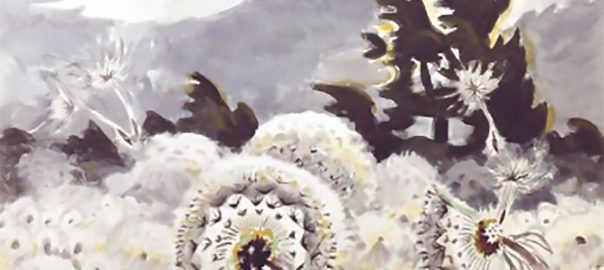
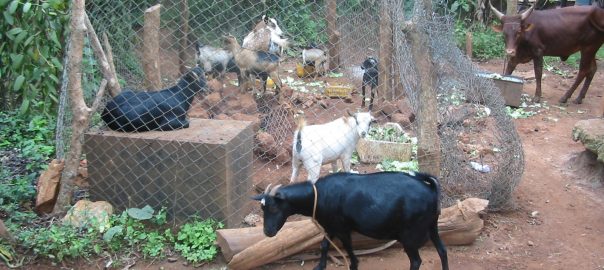
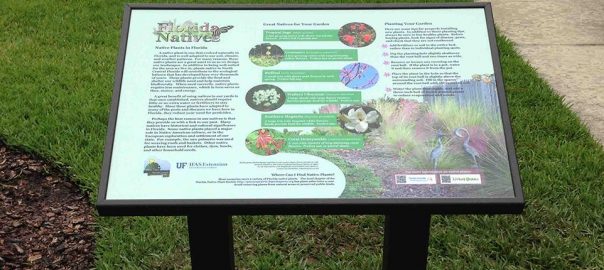
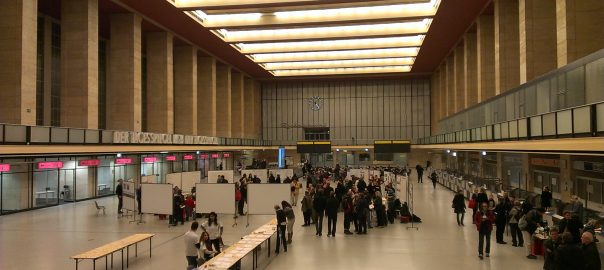
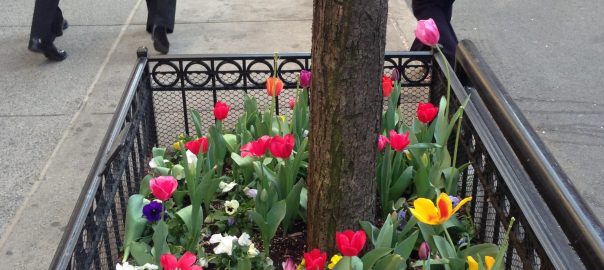
Leave a Reply